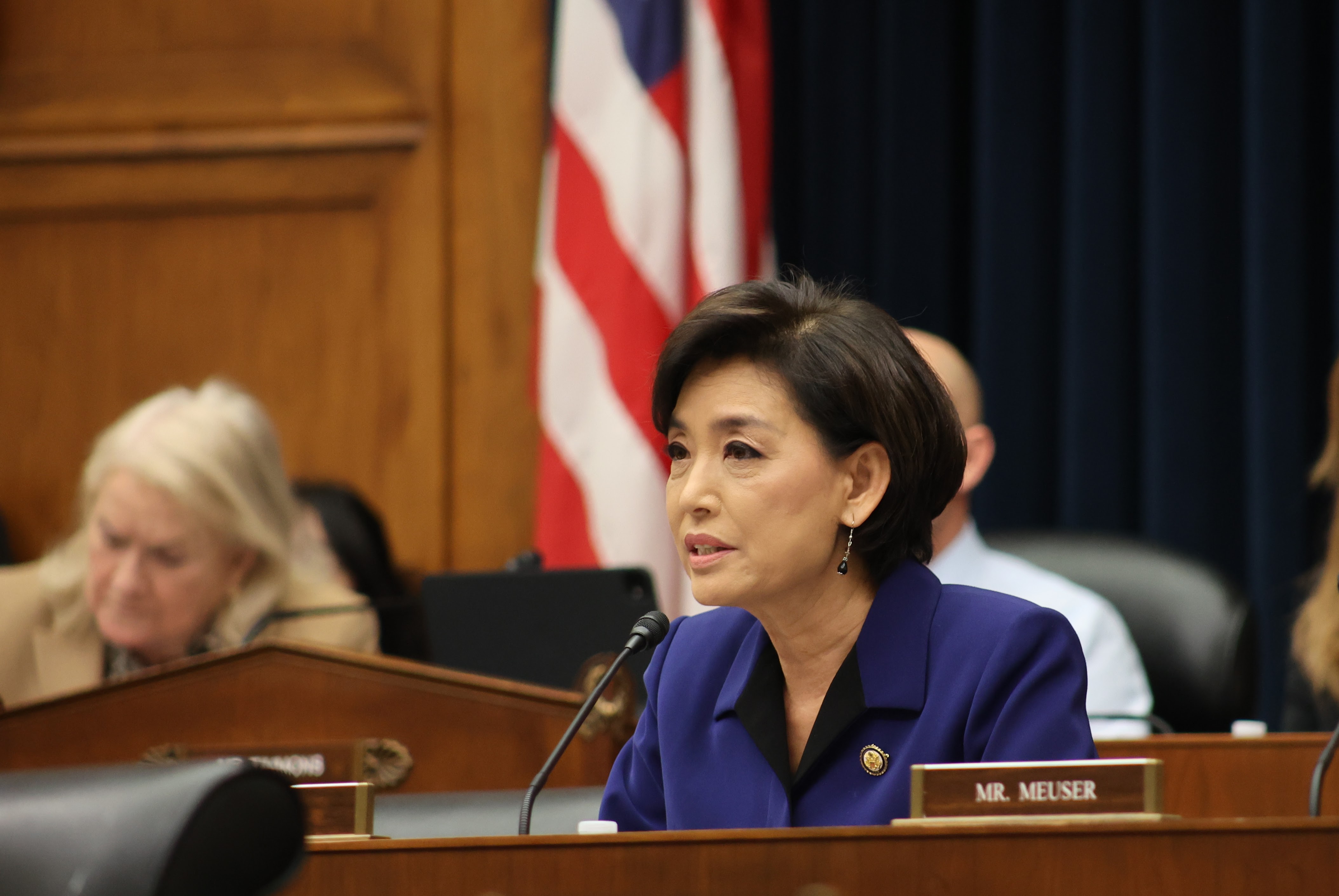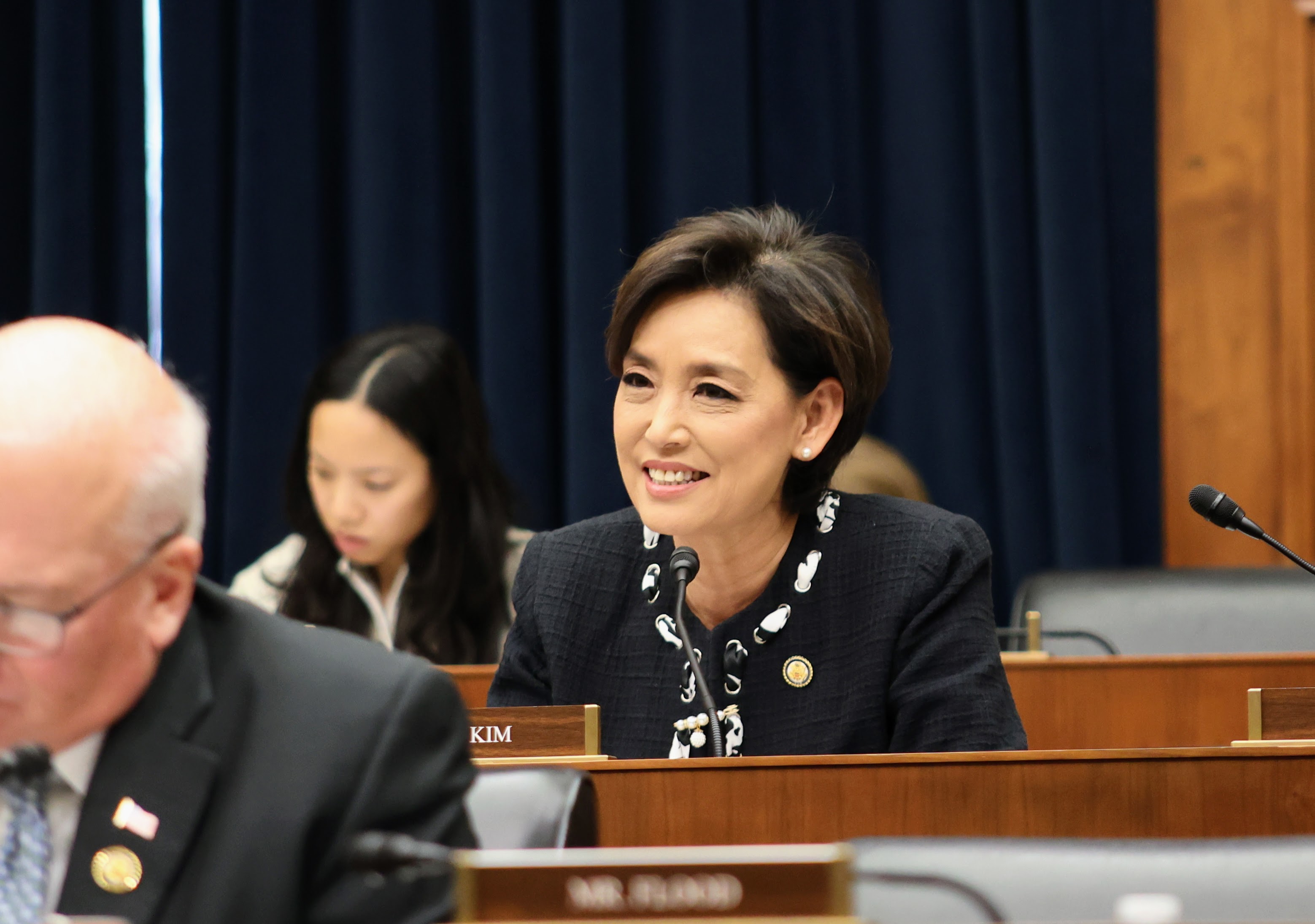The end of affirmative action, which followed a lawsuit brought by an organization that said Asian American and white students were being discriminated against, has highlighted the starkly differing viewpoints of Asian American lawmakers.
While some are warning Asian American and Pacific Islander (AAPI) students will face additional challenges in applying to elite institutions, others are celebrating the end of what they say were discriminatory practices.
The Supreme Court’s rulings last month against Harvard University and the University of North Carolina at Chapel Hill, backed by six conservative justices, are expected to dramatically change how college admissions work, effectively ending race-conscious considerations.
Rep. Judy Chu (D-Calif.) expressed discomfort with how the cases essentially pitted different Americans of color against one another, with advocates for ending race-conscious admissions arguing the policies benefited Black, Latino and Native Americans at the expense of Asian Americans.
Chu said she was “deeply distressed” by the court’s decision, noting Asian Americans are not a monolithic group, and the decision would hurt certain Asian Americans and other minority Americans “systematically denied equal opportunity in education.”
“As a community college professor for 20 years, I know that students learn best when they encounter diversity in the classroom,” Chu, chairwoman of the Congressional Asian Pacific American Caucus, told The Hill.
Chu added it was “extremely upsetting” that Students for Fair Admissions (SFFA) founder Ed Blum “shopped around” for Asian Pacific Islanders after his previous attempt to overturn affirmative action using white women failed. In 2015, Blum told a group gathered by the Houston Chinese Alliance that he needed “Asian plaintiffs.”
“He used AAPIs as the victims in his subsequent lawsuit,” Chu said, pointing out he did not name an Asian American or Pacific Islander plaintiff in the case or put such a student on the stand.
Still, polls suggest Asian Americans have varied views about affirmative action.
A June poll conducted by Pew Research Center found that 53 percent of Asian American adults who had heard of affirmative action said the policy was a good thing; 19 percent said it was a bad thing.
Seventy-six percent, however, said race or ethnicity should not factor into college admissions decisions.
Proponents of affirmative action argue it helps to create a diverse campus environment, or that the policy helps ensure disadvantaged students have access to elite instructions like Harvard.
“I especially am cognizant of the fact that there are AAPI’s that can definitely benefit from affirmative action because we know that if you look at the great diversity amongst us, that Southeast Asians and Pacific Islanders are very much disadvantaged in terms of being able to get a college degree,” said Chu.
For Thang Diep, a 2019 graduate of Harvard, affirmative action meant his background as a Vietnamese immigrant — which prevented him from accessing certain resources — was considered.
“In my [college application] essay, I wrote about learning English and being an immigrant and navigating this new strange world,” Diep told The Hill. “But in high school, I didn’t have the necessary private college counselors. I had to look up resources online about college applications and how to write my personal statements.”
After graduating from Harvard, Diep learned many Southeast Asian American students struggled with the same challenges he faced. Affirmative action, he said, helped schools take these challenges into consideration when looking at applicants.
In the comments from his application, Diep was praised for characteristics including his modesty, his personal standards and his friendliness — even as the application noted his SAT score fell “on the lower end of the Harvard average.”
Harvard’s application system places emphasis on “personal” scores meant to gauge qualities such as maturity, leadership and kindness.
This, the SFFA argued in its case, is why Asian Americans were admitted in much lower numbers: Asian American applicants had high test scores, but stereotypes that label Asian Americans as emotionless or robotic counted against them. Removing these “soft” criteria to focus only on merit would end that discrimination.
Rep. Young Kim (R-Calif.) wrote in an op-ed for The Hill that the Supreme Court case was about empowering Americans of all backgrounds.
“Telling students that their race matters more than their merit is a dangerous message that encourages racial discrimination,” Kim wrote. “These out-of-touch policies keep the American dream out of reach for hardworking Americans, including many in the AAPI community.”
She added that she is a proud Korean American whose story reflects that of many other immigrants. But, she said, she did not get where she is because of her race.
“I am here because I worked my butt off to achieve the American dream and am fighting every day to keep that dream alive for future generations,” Kim said. “College boards determining whose family story they deem more appealing than another is not reflective of the country that welcomed my family and me.”
Rep. Michelle Steel (R-Calif.) issued a statement lauding the court’s decision as a “new chapter in the fight for equality in education.”
“I immigrated to this country from Korea when I was 19 years old to pursue an education,” said Steel. “I am living my American Dream because, in this country, your actions determine your success — not your race and ethnicity.”
“For 40 years, American colleges and universities have stacked the deck against Asian Americans in the name of diversity,” Steel continued. “As a nation, we believe, as taught by Dr. Martin Luther King Jr., that every human should be judged “not by the color of their skin, but by the content of their character.’”
But Rep. Mark Takano (D-Calif.) said the court’s ruling “willfully ignores” the way race has historically played a part in American society.
“Rather than achieving what they conceive that somehow they were establishing some sort of colorblind justice, they’re willfully ignoring the way race consciousness has been a part of American history since before the Republic was founded,” Takano, who graduated from Harvard in 1983, told The Hill.
“They used Asian Americans as a tool, as a fig leaf, for this and I did not appreciate being used that way as an Asian American,” Takano added.
In filings, the SFFA specifically called out Black and Latino students, stating Harvard engaged in unlawful “racial balancing” by holding Asian American applicants to higher standards than Black and Latino students.
Diep said he does not believe other nonwhite students have taken spots away from any Asian American student.
“I think it’s very strategic for … Edward Blum and his organization to use Asian Americans, specifically using Asian Americans who fit into the model minority myth, or the stereotype that Asian Americans get good grades, and use them as a wedge to divide our communities of color,” he said.
“I think it’s very strategic that they don’t highlight the Southeast Asian experience, that Southeast Asians don’t have access to these resources,” Diep added. “I think it’s very strategic to highlight only a subset of Asian Americans to then pit against other communities of color.”
Affirmative action opponents say the practice places Asian American applicants at a disadvantage because it requires them to score extremely high on tests.
In 2009, a study by Princeton University reported that those who identify as Asian had to score 140 points higher on the SAT than white students and 450 points higher than Black students to have the same chance of admission to private colleges.
But in a 2021 report by Georgetown University’s Center on Higher Education and the Workforce, Asian Americans accounted for 65 percent of students who scored 1300 or above on the SAT and applied to one of the most selective colleges in the country. Twelve percent of Asian American students who scored below 1300 on their SAT still applied to one of the most selective colleges, compared to only 5 percent of non-Asian American students.
The results, according to the report, indicate that because of the rate in which Asian American students apply to selective colleges they are more likely to be denied admission at higher rates, too, which is not indicative of bias on the schools’ part.
The report also found that if schools revert to a test scores-only admissions system, 21 percent of Asian American students would lose their admissions to the nation’s most selective colleges to students with higher test scores — compared to 39 percent of non-Asian American students.
“We see newer immigrant groups, certain segments of the AAPI community, who come from countries that may be attuned to the idea that admissions tests or tests associated with admissions somehow are connected to merit,” Takano said. “You’ll see in South Korea, Japan, China have very test-centric admissions processes. Holistic admissions is just not part of how admissions is determined in many of these countries of national origin and there is that sort of bias. A lot of investment goes into test preparation.”
Critics of the Supreme Court’s ruling argue that ending affirmative action will make college campuses less racially diverse.
In an amicus brief filed last year, California acknowledged that the effects of ending race-conscious admissions saw a drastic decline in minority student admissions.
The state — which ended race-conscious admissions in public schools, governmental bodies and public systems after voters approved Proposition 209 in 1996 — reported in 2021 the University of California, Berkeley’s freshman
class included only 258 Black students and 27 Native American students out of a class of 6,931.
The brief also emphasized enrollment in the entire UC system declined has among minority students, and Black, Latino and Native American students “widely report struggling with feelings of racial isolation.”
Chu told The Hill she is “very concerned” these trends will expand across the nation now.
“I want to make sure that we have rigorous oversight of the federal agencies that combat discrimination in education,” Chu said. “We have to give guidance to all these institutions on how they can promote diversity in higher education. I also am pledging along with our Tri-Caucus partners, to persist in securing federal funding for the minority-serving institutions, including Asian American Minority Serving Institutions. We must continue to do outreach to communities of color.”




